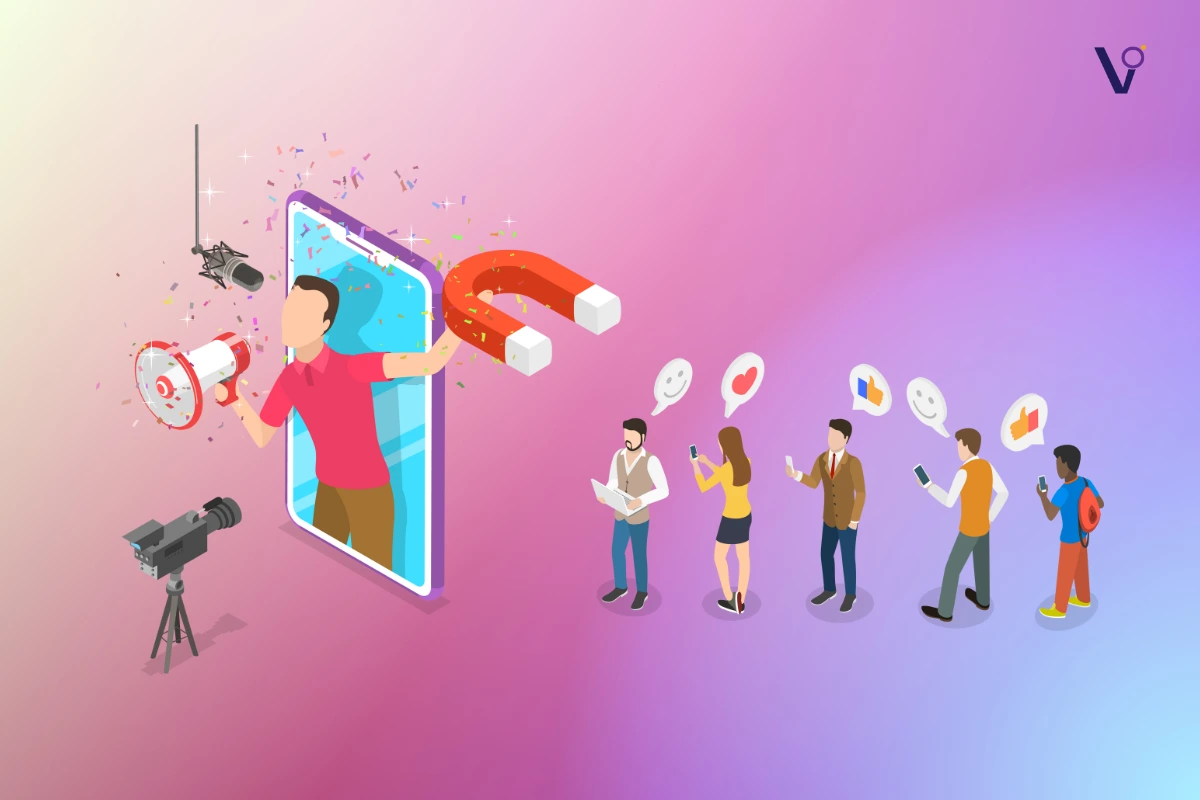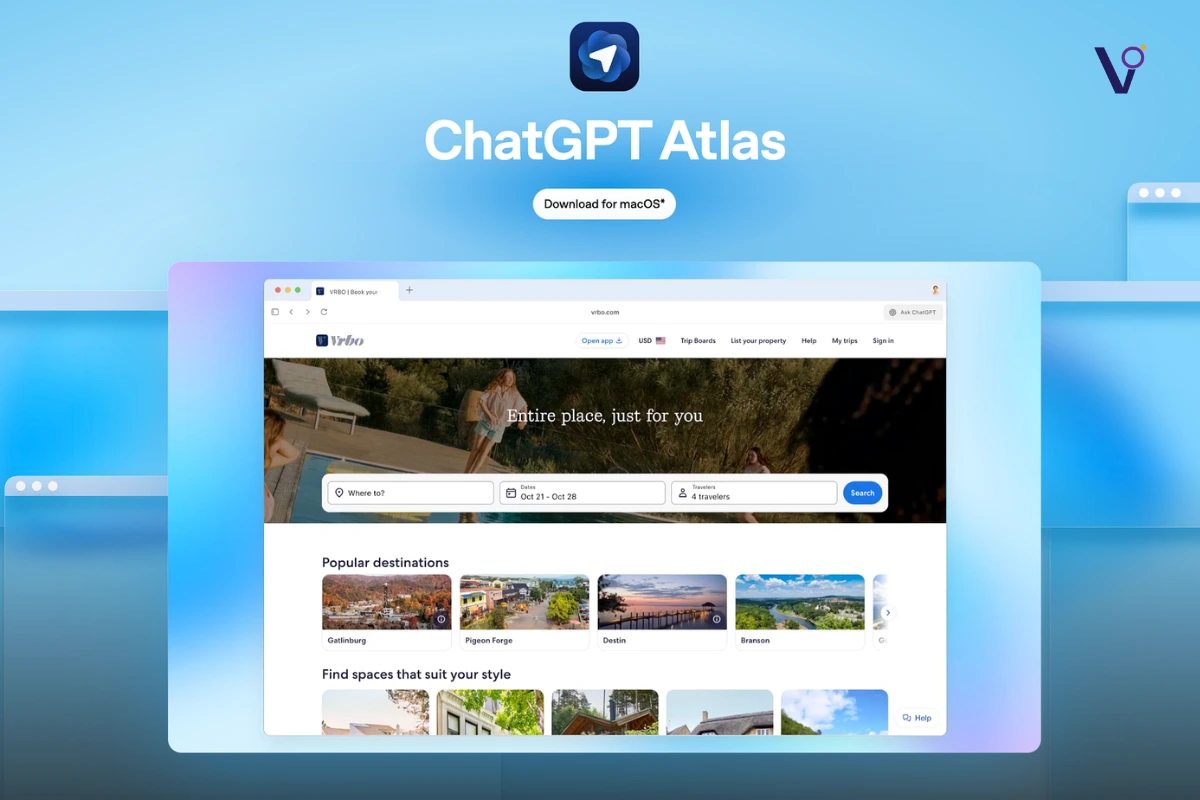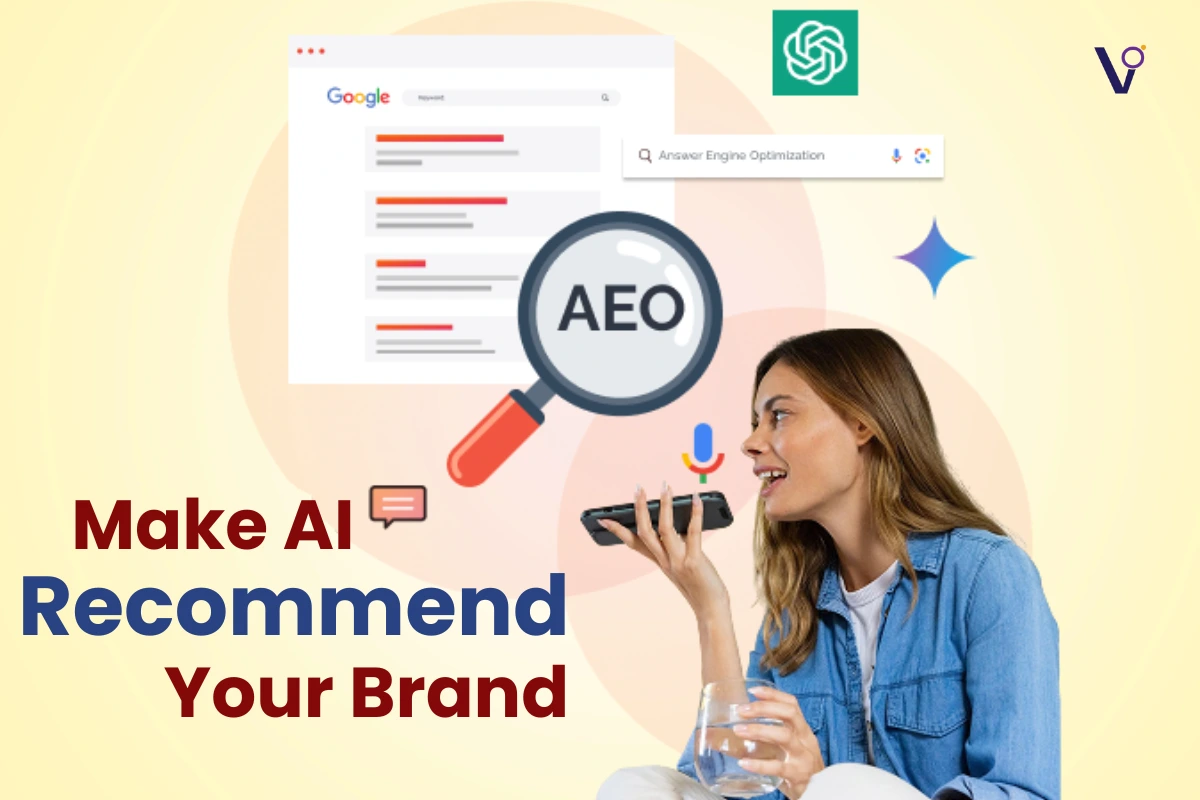So, if you are reading this, chances are you have already tried or are considering influencer marketing. We, at ViralOmega, have seen everything—great execution by some brands and, well, massive failures on the part of others. If you belong to the latter category, do not worry. We have your back. Influencer marketing can be considered game-changing only if you do it right. Let us take you through the process with lessons we’ve gathered along the way.
Why is influencer marketing needed?
Influencer marketing is a potential strategy in today’s digital age, leveraging the trust and reach of influencers to drive sales and brand awareness. This was seen in Aaron Marino’s pitch on Shark Tank, where his success as a YouTuber showed how huge a variation that approach could be.
Aaron’s Unique Edge as an Influencer
Aaron achieved $800,000 in monthly sales for his men’s grooming brand Pete and Pedro. When the sharks asked him how, he simply responded:
“I am a YouTuber.“
With 600,000 followers and 5.5 million monthly views on his channel, Aaron leveraged his influence into a marketing powerhouse. He used his videos to demonstrate his grooming products, showcasing their effectiveness and value. The result? A remarkable 9% conversion rate directly through his videos—a testament to the power of influencer marketing.
The Sharks’ Offers and Their Faith in Influencer Marketing
The Sharks praised Aaron’s pitch, recognizing the value of authentic, relatable marketing. Here’s why they made their offers:
- Barbara Corcoran: $100,000 for 10% of the Alpha M social media business. She valued his platform as a launchpad for additional product lines She saw his platform as a launchpad for expanding into broader men’s grooming products.
- Robert Herjavec and Kevin O’Leary: Proposed $100,000 for 20% of a joint business combining Aaron’s products and personal brand. They emphasized structured growth and operational expertise.
- Mark Cuban: Suggested $100,000 for a share of sales from just the product, leveraging Aaron’s audience to sell other offerings.
Do you see the pattern? Why did all the sharks pitch an investment for his personal brand? Because they recognize how impactful influencer marketing can be in driving growth and engagement.
The Influence-Driven Model
Aaron’s success was anchored in authenticity. He partnered only with products that aligned with his brand, famously stating:
“I still need the ability to say no if the product doesn’t align with my brand.”
This is the essence of influencer marketing: to gain the trust of the audience by endorsing products that are appealing to the influencer.
Final Outcome
Aaron sold 10% equity for $100,000 to Barbara Corcoran, marking a pivotal moment where he transitioned from selling products to selling himself as a brand.
Key Takeaways
Influencer marketing works because:
- Authenticity creates trust: Relatable content drives conversions.
- Influencers amplify visibility: Aaron’s channel turned a grooming product into a million-dollar success.
- It drives product diversification: Brands can launch new offerings to loyal audiences.
Aaron’s story proves that in today’s marketing landscape, influence is as valuable as the product itself.
The Most Common Mistake: Treating Influencers Like Billboards
Influencers are people, not ad spaces. A frequent mistake brands make is sending generic pitches such as:
“Hi, we love your content. Let’s collaborate.”
No personalization. No effort. And worst of all? Influencers notice.
You need to build a relationship, not a transaction. Treat influencers as partners who genuinely believe in your brand—not just a means for quick promotion.
Steps to Succeed in Influencer Marketing
Step 1: Do Your Homework
Before reaching out, ask yourself:
- Does their content align with your brand values?
- Is their audience your target demographic?
- How engaged are their followers?
We’ve all seen the brands shelling out to major influencers with millions of followers only to later determine that no one cares about the product. Micro-influencers (10k-50k followers) tend to offer better engagement and ROI.
Make a spreadsheet of who might be of interest, their niches, and engagement rates. It’s the most effortless thing that will save you so much time and money.
Step 2: Building Relationships Before the Ask
Picture this: You receive a DM from someone unknown where they request that you do something for them. Will you say yes? Doubtful.
It’s the same for influencers. Don’t ask them to sponsor your product before interacting with it. Comment on their posts, share your stories, and inform them of how much you cherish their work. And when time comes to hit them up, they’ll know your name, and that is half the fight won.
Step 3: Craft a Personal Pitch
When you are ready to reach out, ditch the templates. Here is an example of a bad pitch:
“Hi, we love your content! Want to collaborate?”
Now here’s a better one:
“Hey [Name], I’ve been following your content for a bit of time, and loved your recent post on [specific topic]. It’s clear you value [specific value they align with]. I’d love to work together on [specific idea]. I feel like your audience will really connect with our product because [reason]. Let me know what you think! “
Do you see the difference? It’s specific, personal and actually shows genuine interest.
Step 4: Provide Value
Secret: Influencers are most likely to promote your product if it solves something for their audience. When pitching, don’t just talk about your brand. Highlight how your product adds value to their followers.
For example, if you’re a skincare brand, don’t just say, “Promote our new moisturizer.” Instead, frame it as, “Help your followers find a solution for dry winter skin with our all-natural moisturizer.”
Step 5: Be Clear and Respectful
When you finally make the ask, be clear about what you are offering. If it is free products, commission, or payment, tell them. Influencers appreciate clarity and will take you much more seriously if you are professional.
And please, if you don’t have a budget, do not expect influencers to work for free. Sending products as gifts is amazing, but you shouldn’t require them to review it in return. Build goodwill, and perhaps you might get that Instagram story or post without asking.
Step 6: Think Long-Term
The best influencer relationships are ongoing. Instead of working with someone once, nurture the relationship for future collaborations. Long-term partnerships build trust with both the influencer and their audience.
Why Influencer Marketing Stood Out to the Sharks
The Sharks’ offers reflected the core strengths of influencer marketing:
- Authenticity sells: Aaron’s genuine connection to his audience drove high conversions.
- High ROI: Organic content creation is cost-effective compared to traditional advertising.
- Scalability: The Sharks saw the potential to scale through influencers while maintaining Aaron’s personal touch.
This Shark Tank episode goes to show how, when executed properly, influencer marketing can make small businesses scaleable and profitable.
It provides authentic connections, higher engagement, and targeted reach compared to traditional ads, making it cost-effective and impactful for reaching specific audiences.
Choose influencers whose values, niche, and audience align with your brand. Check their engagement rates, follower demographics, and content relevance for maximum impact.
Yes! Micro-influencers often have higher engagement and stronger trust with niche audiences, delivering better results than larger influencers for specific target groups.
Yes! Micro-influencers often have higher engagement and stronger trust with niche audiences, delivering better results than larger influencers for specific target groups.
Yes, but it requires expertise in outreach, negotiation, and campaign tracking. Agencies can save time while ensuring professional management.



